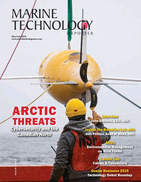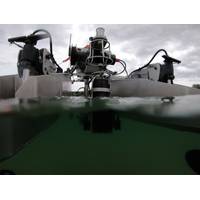
HydroSurv Funded to Commercialize Robotic Seagrass Solution
deployment and commercial viability.HydroSurv's cloud-based data hosting and visualisation application, EasySurv, facilitates real-time decision making without the need for specialist GIS packages or interrogation skills. EasySurv hosts content-managed data deliverables, processed using machine learning algorithms, alongside the raw data collected from the company’s USVs
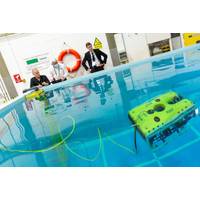
Ocean Business '23 preps for Southampton, Announces Exhibitor List
the infrastructure of the European Multidisciplinary Seafloor and Water Column Observatory, to supplying the INGV National Institute of Geophysics and Volcanology with cables deployed at 4,000m to monitor the sea.UK company RoboSys Automation, which uses artificial intelligence and machine learning algorithms to provide scalable levels of autonomy, will introduce its smart shipping software, Voyager AI, that can transform a new or existing vessel into a fully autonomous USV.Also taking a stand at Ocean Business is Terradepth, the company spearheading seafloor hydrographic and geophysical survey
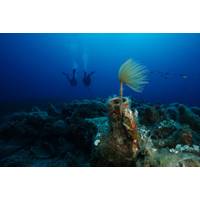
Meet NOUS: An Underwater ‘Artificial Mind’
. All images courtesy Dr. George Papalambrou, Assistant Professor, School of Naval Architecture and Marine Engineering, National Technical University of AthensSoftware applicationThe "NOUS" system has a wealth of automatic monitoring and protection capabilities through machine learning algorithms and image and sound processing. It is thus possible to detect any presence in the area of interest, such as divers, remote-controlled robots-ROVs, as well as the slightest light source in the dark. In particular, any alteration of the area of interest can be identified. In addition, an
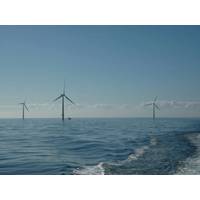
DNV, Partners Working on Automated Verification of Offshore Wind Turbine Inspection Results
wind turbines worldwide increasing, including those in remote and harsh environments, the volume of inspection data collected is quickly outpacing the capacity of skilled inspectors who can competently review it. This research project will develop means to tackle this challenge through machine learning algorithms and process automation,” added Pierre C Sames, Group Research and Development Director at DNV.As part of the project, the Visual Information Lab at the University of Bristol, experts in 3D computer vision and image processing, will create algorithms for automated localization of
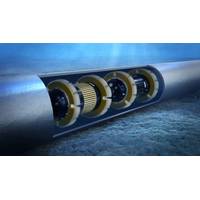
Pipeline Inspection with Fast(ER) Results
following an inspection, he said. Current technologies can take up to several weeks, which is unhelpful if you have a maintenance routine based on inspecting the pipeline every two weeks, he said.See Related Story: Barcodes to Drive Down Pipeline Inspection CostsIf an issue is detected, machine learning algorithms are able to indicate where in the pipeline it is, the deposit size, and type. The tool is also smaller than a standard pipeline inspection gauge, reducing the risk of it getting stuck in pipelines, says Tienhaara.To date, the company has built 10in and 26 in. units but could build up to
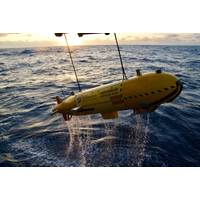
Seabed Imaging Re-imagined
assembly, before an expedition). The images are then color corrected, using the depth maps and images, and then reprojected on to the bathymetry mesh, creating explorable 3D visual reconstructions.To rapidly summarize what has been observed, the data processing pipeline uses self-calibrating machine learning algorithms that automatically group similar looking patches of the seafloor, and generates maps showing the patterns they form. To make this easy to understand, the images that are most representative of each group are tagged to the maps, and a user can use any image as a query, to generate
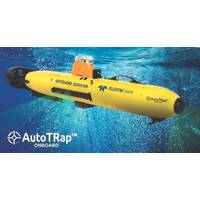
Next-Gen AI Capability for Teledyne Gavia AUVs
in AI systems.”AutoTRap Onboard has demonstrated excellent detection rates and false positive rates; identifying truncated conical objects on a rocky volcanic seafloor with a 90% probability of detection. AutoTRap Onboard includes:Target Detector and Target Classifier – Novel machine learning algorithms that process sonar images to detect, classify, and localize targets of interest.Target Library – Collection of trained targets. The Target Detector searches for these targets in the sonar image.Read an "AUV Case Study" here: https://www.marinetechnologynews.com/news/study-marine
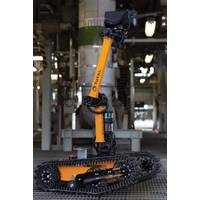
INTERVIEW: Kris Kydd, Head of Robotics, at Total E&P UK; Total’s “Stevie the Robot”
requires to complete a mission from a digital twin, which is our single source of truth and contains the latest site data. Then, either during or after its mission, the robot uploads its inspection data to the cloud data store in the machine learning module. This data is then processed through machine learning algorithms. It also means making the interface for the human operator as simple as possible, first through a mission planning app and second through a Dashboard for presenting the results of the mission.4G/LTE is also much more standard these days. It’s a more recent mobile broadband internet

One-on-One with Duane Fotheringham, President, Unmanned Systems, HII
input. It also must be reliable enough to operate for long periods of time without failure.”Advances in autonomy, artificial intelligence and machine learning will continue to push the boundaries of what is possible, according to Fotheringham. “By leveraging advanced GPUs to run machine learning algorithms, performing data fusion from sensors and maintaining greater situational awareness, vehicles will have the ability to adapt in real-time to their environment. Fielding these systems also requires new approaches to verification and validation to ensure their safety and reliability. Not
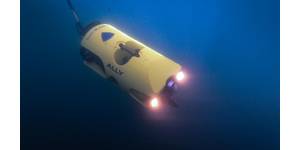
 February 2025
February 2025


